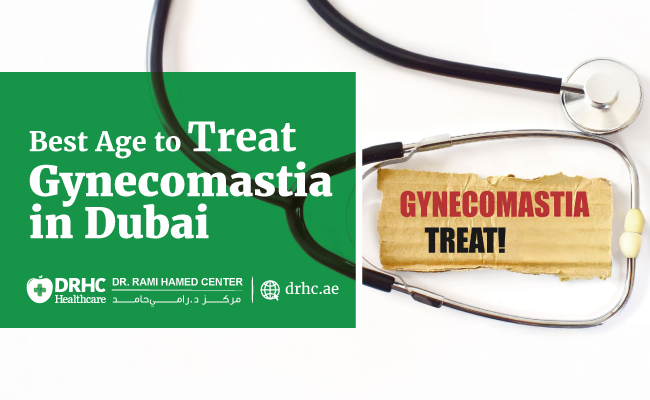
Inguinal hernia is one of the most common conditions a general surgeon can come across. Males are 10x more often affected than
females. This is due to fetal development. There is a weakened area in the male groin resulting from the testicles descending from the abdominal cavity into the scrotum meanwhile penetrating through the abdominal wall muscles.
If one is diagnosed with an inguinal hernia, it will almost always require surgical repair. There are two main options: the conventional open repair, where a mesh is placed over the hernia defect from the outside through one larger incision in the groin, and the laparoscopic repair, where we enter the abdominal cavity through 3 very small cuts and the mesh is placed from the inside. In my opinion, whenever it is possible, laparoscopic repair should be performed, so patients can benefit from the advantages of minimally invasive laparoscopy over conventional open repair. These advantages include:
- less pain
- quick recovery. Typically 3-5 days to return to usual daily activities
- lower risk of wound or mesh infection
- possibility to repair hidden contralateral hernia (10%)
- The main advantage is less likely neuralgia, nerve injury, or chronic groin pain.
.jpg?width=488&height=326&name=ist%20(22).jpg)
Several nerves cross the groin region on the outer surface of the muscle layer. The mesh with open repair is actually placed on top of them. A stitch or fibrosis caused by the mesh can “catch” a nerve, resulting in discomfort, neuralgia, or chronic groin pain. This can occur up to 10-30% of open repairs and can be very difficult to cure, if at all possible.
On the contrary, during laparoscopic repair, the mesh is placed on the inner surface of the muscles, thus avoiding direct contact with those nerves. There is an important point here: in my opinion, there is a benefit only if the mesh is not fixed with tackers.
Some would fix the mesh in place with different types of tackers during laparoscopic repair and close the peritoneum defect with
tackers, as well. I think this should be avoided because tackers can cause chronic pain, neuralgia, or vessel injury, which would diminish the benefit of laparoscopy over open repair. With proper technique, the hernia recurrence rate will not increase even if the mesh is not fixed. In my practice, I use a self-gripping mesh without any further fixation and close the peritoneum with an absorbable suture. This way, the chance of nerve injury is close to zero, and the recurrence rate is low at 1%.




.png)

.webp)



Leave a comment